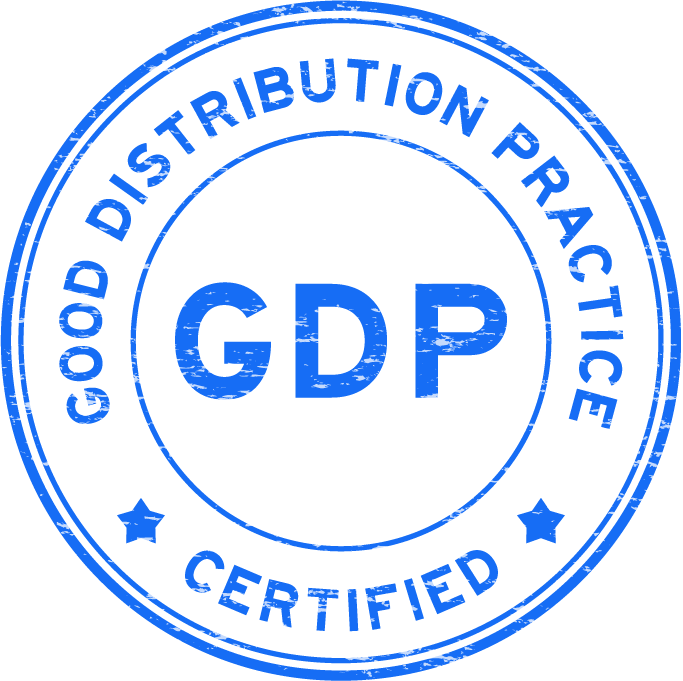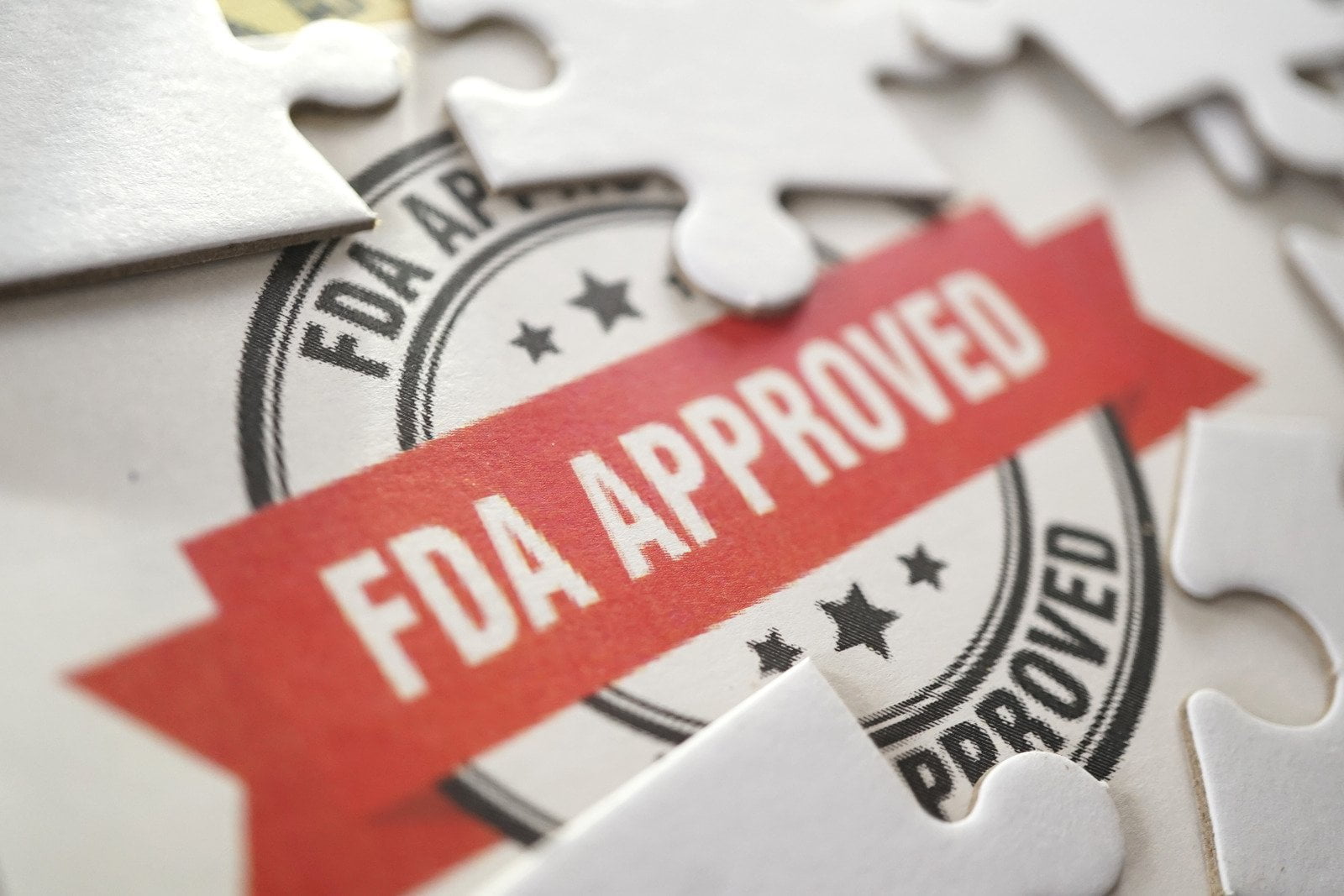The pharmaceutical industry operates within a complex and intricate supply chain where the seamless and secure distribution of medications is paramount. Good Distribution Practices (GDP) are the cornerstone of this process, ensuring that pharmaceutical products reach their destination safely and efficiently, maintaining their quality, efficacy, and integrity. This article delves into the significance of GDP, its fundamental principles, and its role in safeguarding the pharmaceutical supply chain.
Understanding Good Distribution Practices (GDP)
Good Distribution Practices encompass a set of guidelines and standards designed to guarantee the quality and integrity of pharmaceutical products throughout the distribution process. From manufacturing facilities to the end-users, every step in the supply chain is meticulously regulated to prevent errors and contamination and ensure that medications are handled, stored, and transported under conditions that meet the highest standards.
Principles of Good Distribution Practices
Documentation and Record Keeping
One of the foundational principles of GDP is comprehensive documentation. Every transaction, movement, and handling of pharmaceutical products must be recorded. This includes information on product origins, batch numbers, expiration dates, and details of all parties involved in the distribution process. Such meticulous record-keeping facilitates traceability and aids in swift and accurate recalls if necessary.
Quality Management Systems
GDP mandates the implementation of robust quality management systems throughout the supply chain. This involves establishing and maintaining processes that ensure the quality of pharmaceutical products at every stage. Quality control measures, including regular inspections, audits, and adherence to Good Manufacturing Practices (GMP), are integral to upholding the highest product quality standards.
Storage and Transportation Conditions
Proper storage and transportation conditions are critical to preserving the integrity of pharmaceutical products. GDP outlines specific requirements for temperature control, humidity levels, and protection from external factors such as light. Cold chain management, particularly for temperature-sensitive medications, is a key focus, ensuring that products maintain their efficacy from the manufacturing facility to the end-user.
Security Measures
Security is a paramount concern in the pharmaceutical supply chain. GDP emphasizes the need for secure storage facilities, tamper-evident packaging, and stringent access controls. This is essential to prevent unauthorized access, theft, or tampering that could compromise the safety and efficacy of pharmaceutical products.
Personnel Training and Competence
Human factors play a crucial role in the success of GDP. Adequate training and ongoing competence assessments for personnel involved in the distribution process are essential. This includes training on proper handling, storage, and transportation procedures, as well as awareness of potential risks and the importance of adherence to GDP guidelines.
The Role of Pharmaceutical Distributors in GDP Implementation
Bridge Between Manufacturers and End-Users:
Pharmaceutical distributors play a pivotal role in the implementation of GDP. Positioned between pharmaceutical manufacturers and end-users, distributors act as a crucial bridge in ensuring the smooth and compliant flow of medications. They are responsible for procuring pharmaceutical products from manufacturers and distributing them to healthcare providers, pharmacies, and other points of care.
Adherence to GDP Guidelines:
Pharmaceutical distributors adhere rigorously to GDP guidelines to maintain the quality and integrity of the products they handle. This involves implementing stringent documentation practices, investing in secure storage facilities, and employing advanced technologies to monitor and control the conditions in which pharmaceuticals are stored and transported.
Efficient Inventory Management:
GDP emphasizes the importance of efficient inventory management to prevent stockouts, minimize excess inventory, and reduce the risk of product expiry. Pharmaceutical distributors leverage sophisticated inventory management systems to ensure that products are consistently available when and where needed, contributing to uninterrupted patient care.
Temperature-Controlled Distribution:
Many pharmaceutical products, especially biologics and vaccines, require specific temperature conditions to maintain efficacy. Pharmaceutical distributors specializing in cold chain logistics invest in state-of-the-art refrigeration and temperature-monitoring technologies. This ensures that products maintain the required temperature range throughout the distribution process, aligning with GDP principles.
Traceability and Recall Readiness:
Pharmaceutical distributors prioritize traceability to meet GDP requirements. In a product recall or quality deviation, distributors must swiftly and accurately trace the affected products back to their source. This ability to trace and recall products is essential for minimizing risks and ensuring end-user safety.
The Role of GDP in Safeguarding the Pharmaceutical Supply Chain
Prevention of Counterfeiting and Falsification
Counterfeit and falsified medicines pose a significant threat to public health. GDP is a robust defense against these risks by enforcing stringent control measures throughout the supply chain. Traceability features, secure packaging, and authentication mechanisms are implemented to prevent the infiltration of counterfeit products into the market.
Minimizing Risks of Product Recalls
In the event of quality deviations or safety concerns, swift and accurate product recalls are crucial. GDP’s emphasis on documentation and traceability ensures that the source and distribution path of a specific batch of products can be quickly identified. This allows for targeted recalls, minimizing the impact on consumers and the pharmaceutical industry.
Ensuring Medication Availability
Efficient distribution practices, as outlined by GDP, contribute to the consistent availability of medications. By minimizing the risks of product shortages, delays, or disruptions in the supply chain, GDP supports healthcare providers in delivering uninterrupted patient care. This is especially crucial for life-saving medications where timely access is paramount.
Building Stakeholder Trust
GDP is pivotal in building trust among stakeholders, including healthcare professionals, regulatory authorities, and end-users. Adherence to GDP standards signifies a commitment to quality, safety, and transparency. This, in turn, fosters confidence in pharmaceutical products and the overall integrity of the supply chain.
Compliance with Regulatory Requirements
Regulatory authorities worldwide mandate the adherence to GDP for pharmaceutical companies. Compliance with these practices is a legal requirement and a fundamental ethical responsibility. Companies that follow GDP demonstrate their commitment to upholding the highest standards in distributing pharmaceutical products.
Challenges and Innovations in GDP Implementation by Distributors
While GDP provides a robust framework for pharmaceutical distribution, implementing its principles comes with its own set of challenges for distributors. The complexity of global supply chains, varying regulatory requirements across regions, and continuous adaptation to emerging threats require innovative solutions.
In response to these challenges, pharmaceutical distributors are increasingly turning to technology. Blockchain, for example, is being explored to create secure, transparent, and immutable records of the entire supply chain. This strengthens traceability and provides a mechanism for stakeholders to verify the authenticity of products at each stage.
Moreover, the use of Internet of Things (IoT) devices and sensors is revolutionizing temperature monitoring in the transportation of pharmaceuticals. Real-time tracking allows for immediate intervention in case of deviations from required conditions, ensuring the quality of medications, particularly those with stringent temperature requirements.
The Future of GDP and Pharmaceutical Distribution
As the pharmaceutical industry evolves, so will the distribution practices landscape. The future of GDP will likely involve increased collaboration between industry stakeholders, regulatory bodies, and technology providers to create more standardized, streamlined, and technologically advanced distribution processes.
Advancements in artificial intelligence (AI) and machine learning are expected to play a crucial role in predictive analytics for supply chain management. Predictive models can anticipate potential risks, optimize inventory levels, and enhance overall efficiency in the distribution of pharmaceutical products.
Moreover, the push for sustainability in various industries is influencing pharmaceutical distribution. Companies are exploring eco-friendly packaging, energy-efficient transportation, and sustainable supply chain practices to reduce environmental impact while maintaining GDP compliance.
In conclusion
Good Distribution Practices (GDP) are indispensable for ensuring the integrity of the pharmaceutical supply chain, and pharmaceutical distributors are key players in upholding these practices. By establishing a robust framework of guidelines and principles, GDP safeguards the quality, safety, and efficacy of pharmaceutical products from manufacturing to the hands of healthcare providers and patients. The collaboration between pharmaceutical distributors and other stakeholders reflects a commitment to the well-being of individuals and communities relying on pharmaceutical products for their health and healing. As technology advances, distributors will play a pivotal role in implementing innovative solutions to meet the challenges of an ever-evolving pharmaceutical distribution landscape, ensuring that patients receive safe and effective medications when they need them most.





